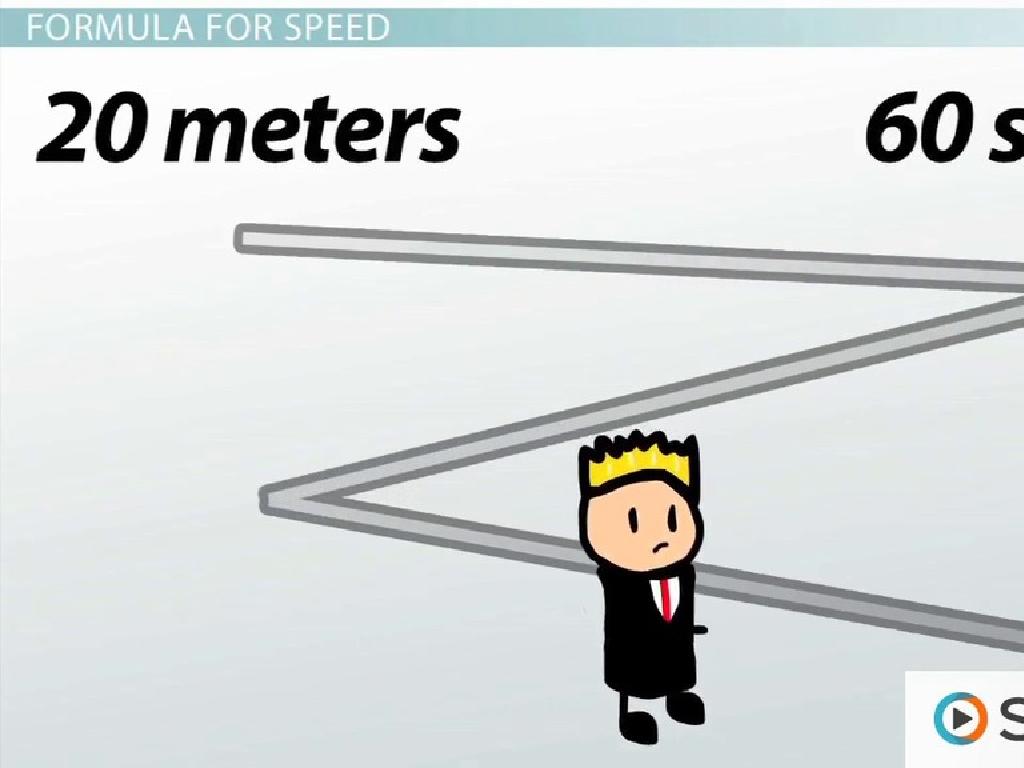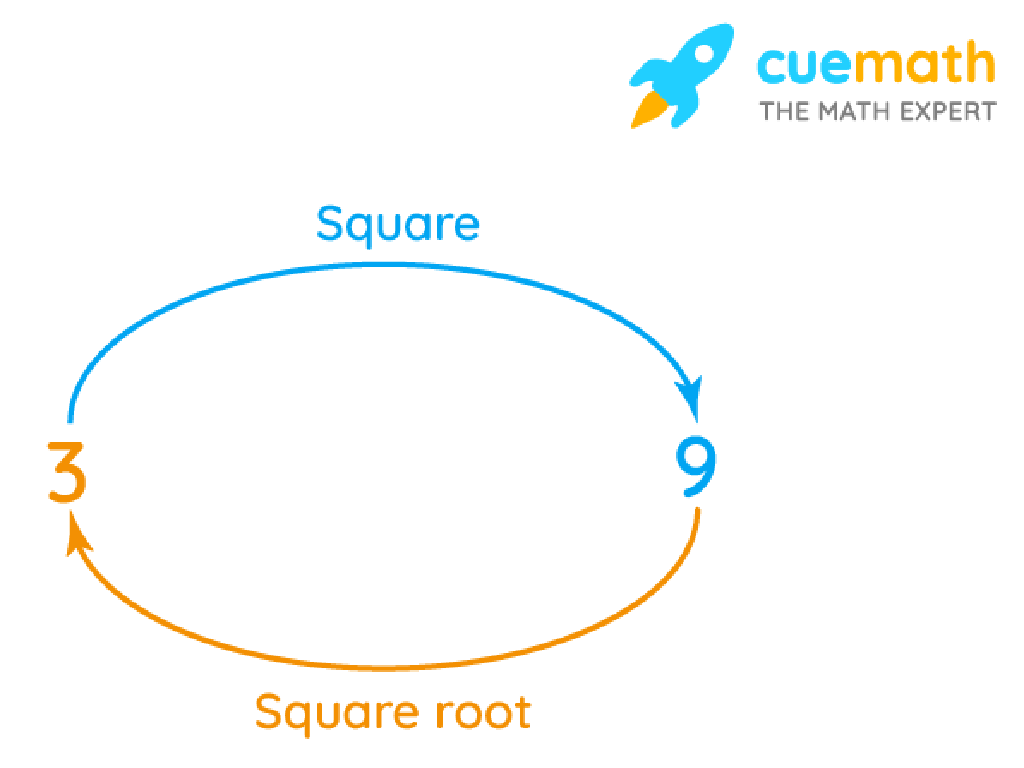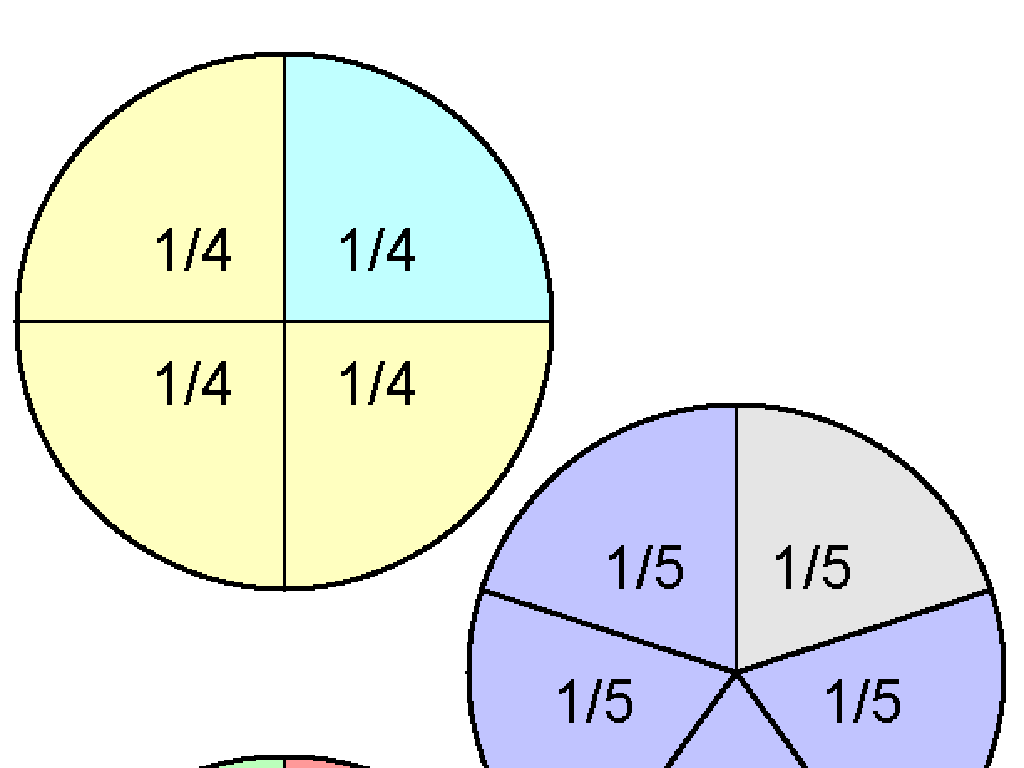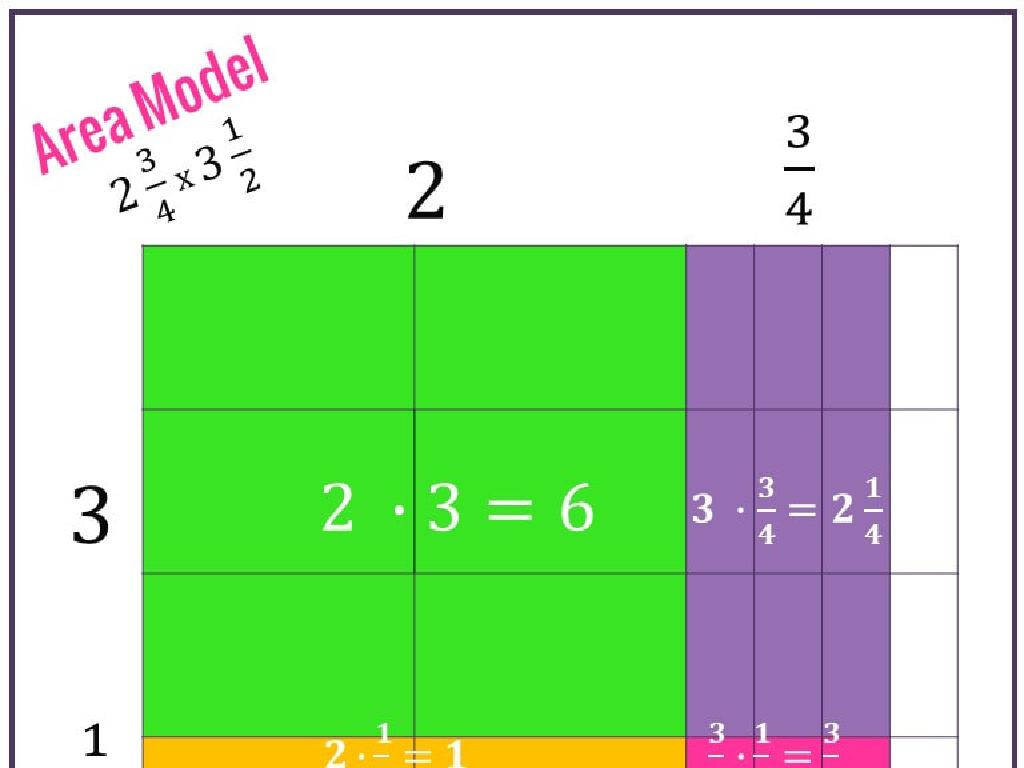Understanding Exponents
Subject: Math
Grade: Seventh grade
Topic: Exponents
Please LOG IN to download the presentation. Access is available to registered users only.
View More Content
Welcome to Exponents!
– Understanding what exponents are
– Exponents show how many times a number is multiplied by itself.
– The importance of exponents
– They simplify expressions & solve complex problems.
– Real-life applications
– Used in area calculations, scientific notation, and more.
– Outline of today’s lesson
– We’ll explore the basics, laws of exponents, and practice problems.
|
Begin the lesson by explaining that exponents are a way to express repeated multiplication of the same number. Emphasize their importance in mathematics for simplifying expressions and solving complex problems efficiently. Illustrate how exponents are used in real-life scenarios, such as calculating the area of squares, understanding scientific notation in science, and in financial calculations involving compound interest. Provide an overview of today’s lesson, which will cover the basic understanding of exponents, the laws that govern them, and include practice problems to solidify the students’ understanding. Encourage students to think of additional examples where they encounter exponents in their daily lives.
Understanding Exponents
– Define an exponent
– An exponent tells how many times to use the base as a factor.
– Base vs. exponent concept
– Base: the number being multiplied. Exponent: the number of times to multiply.
– How to read exponents
– Read as ‘base’ raised to the ‘nth’ power, e.g., 2^3 is ‘two cubed’.
– Practice reading exponents
|
This slide introduces the concept of exponents to seventh-grade students. Begin with the definition of an exponent, emphasizing that it represents repeated multiplication of the base number. Clarify the difference between the base and the exponent, using visual aids if possible. Practice reading exponents aloud to help students become comfortable with the terminology, such as ‘squared’ for an exponent of 2 and ‘cubed’ for 3. Include examples like 3^2 (three squared) and 4^3 (four cubed). Encourage students to practice with additional examples to solidify their understanding.
Calculating Exponents
– Understanding the base number
– Multiplying the base by itself
– The base is multiplied as many times as the exponent indicates
– Examples: 2^3, 4^2, 5^1
– 2^3 means 2 x 2 x 2, and 4^2 means 4 x 4
– Practice: 3^2, 6^1, 7^0
– Calculate and write down the results for practice problems
|
This slide introduces the concept of exponents to seventh-grade students. Begin by explaining that an exponent tells us how many times to multiply the base number by itself. For example, 2 raised to the 3rd power (2^3) means 2 multiplied by itself 3 times. Provide clear examples with different bases and exponents to illustrate the concept. Then, engage students with practice problems, asking them to calculate the value of 3^2, 6^1, and 7^0. Remind them that any number to the power of 1 is itself, and any number to the power of 0 is 1. This exercise will help solidify their understanding of how to calculate exponents.
Properties of Exponents
– Product of Powers rule
– Multiply same bases, add exponents: a^m * a^n = a^(m+n)
– Quotient of Powers rule
– Divide same bases, subtract exponents: a^m / a^n = a^(m-n)
– Power of a Power rule
– Raise a power to a power, multiply exponents: (a^m)^n = a^(m*n)
|
This slide introduces the three fundamental properties of exponents that are crucial for simplifying expressions in algebra. The Product of Powers rule states that when multiplying two powers with the same base, you add the exponents. The Quotient of Powers rule is used when dividing two powers with the same base, and you subtract the exponents. The Power of a Power rule applies when a power is raised to another power, and you multiply the exponents. Provide examples for each rule and encourage students to solve similar problems. This will help them understand how to manipulate expressions involving exponents efficiently.
Zero and Negative Exponents
– Zero exponent rule
– Any number raised to the power of zero equals one.
– Meaning of negative exponents
– A negative exponent represents a reciprocal.
– Examples with zero and negative exponents
– 2^0 = 1, 3^-1 = 1/3
– Practice problems for understanding
|
This slide introduces the concept of zero and negative exponents. Begin by explaining that any non-zero number raised to the power of zero is always one, which is known as the zero exponent rule. Then, discuss negative exponents and how they indicate the reciprocal of the base raised to the positive opposite of the exponent. Provide clear examples to illustrate these rules, such as 2 raised to the power of 0 equals 1, and 3 raised to the power of -1 equals 1/3. Conclude with practice problems to reinforce the concepts, ensuring students understand how to apply these rules to different numbers.
Real-World Applications of Exponents
– Exponential growth & decay
– Populations & radioactive substances
– Scientific notation uses
– Essential in science & engineering fields
– Compound interest in finance
– Calculating interest that grows over time
– Understanding exponents
|
This slide aims to show students how exponents are applied in various real-world scenarios. Exponential growth and decay can be observed in population dynamics and radioactive substance decay, respectively. Scientific notation is a method of writing very large or very small numbers, commonly used in science and engineering to make calculations more manageable. Compound interest is a financial concept where interest is calculated on the initial principal and also on the accumulated interest from previous periods. Understanding these applications will help students grasp the importance of exponents beyond theoretical math problems and see their value in practical situations. Encourage students to think of other areas where exponents might be relevant and to bring examples to the next class.
Class Activity: Exponent Scavenger Hunt
– Search for exponents in the classroom
– Team up to solve exponent problems
– Work together, discuss strategies
– Present your findings to the class
– Share how you solved the problems
– Reflect on the activity
– Discuss what you learned
|
This interactive class activity is designed to engage students with the concept of exponents in a fun and collaborative way. Students will start by searching the classroom for examples of exponents, which could be hidden as part of the activity or naturally occurring in the room, such as on posters or in textbooks. They will then form teams to solve a set of exponent problems, encouraging teamwork and peer learning. After solving the problems, each team will present their findings and explain their solutions to the rest of the class, fostering public speaking and critical thinking skills. Finally, students will reflect on what they learned during the activity, solidifying their understanding of exponents. As a teacher, prepare a list of exponent problems of varying difficulty, consider the layout of the classroom for the scavenger hunt, and have a plan for forming teams. Ensure that the problems are appropriate for the seventh-grade level and that students have the necessary background knowledge to engage with the activity.
Wrapping Up Exponents
– Recap exponents and properties
– Remember, exponents show how many times to use a number in a multiplication.
– Complete practice worksheet
– Solve problems on the worksheet to reinforce your understanding.
– Study for upcoming quiz
– Quiz will cover all exponent rules we’ve learned.
– Review today’s lesson
|
As we conclude today’s lesson on exponents, remind students of the key properties and rules of exponents we’ve covered. For homework, they should complete the provided worksheet, which includes a variety of problems to practice their skills. Encourage them to review their notes and the worksheet to prepare for the quiz in the next class. The quiz will assess their understanding of the exponent rules, including multiplying and dividing powers, and raising a power to a power. Make sure they understand the importance of studying and practicing to solidify their grasp of the concepts.






